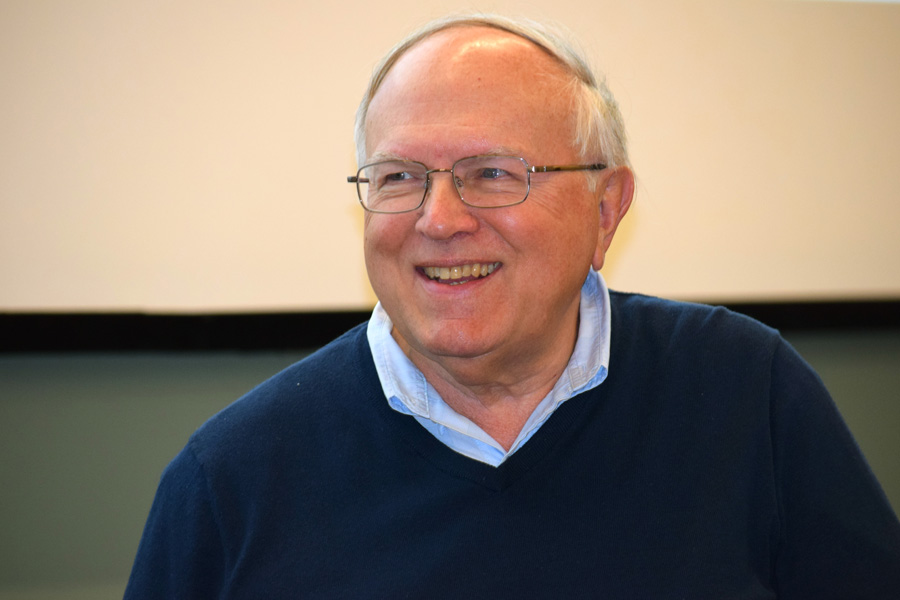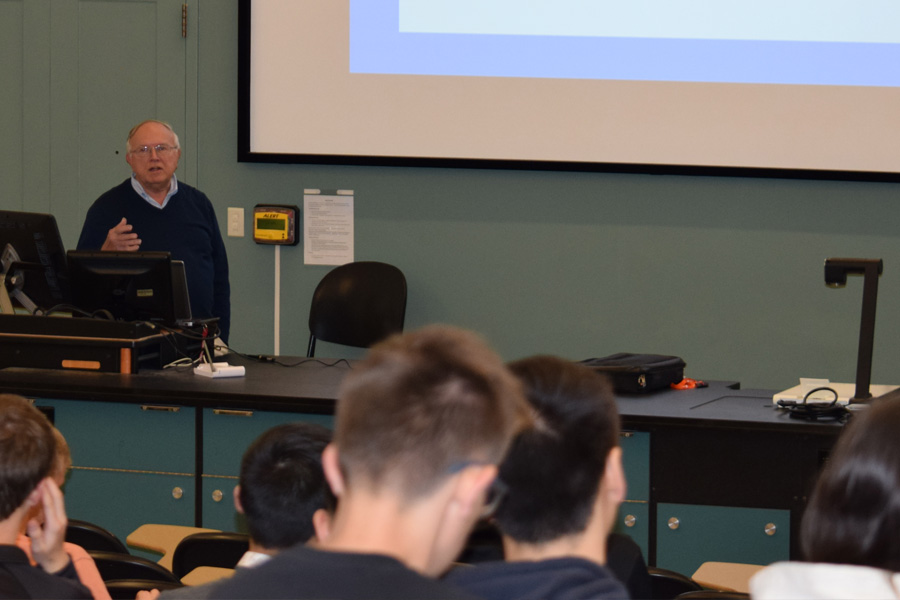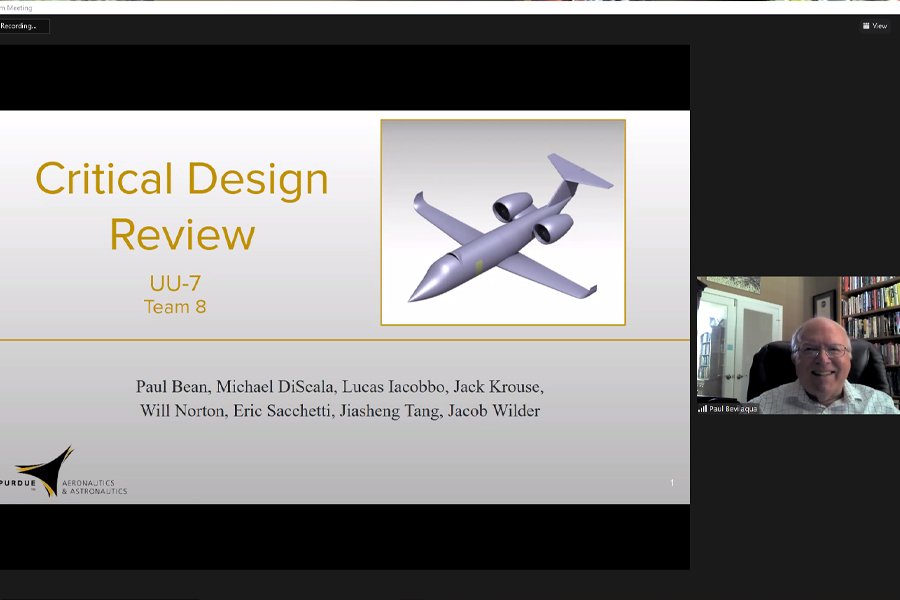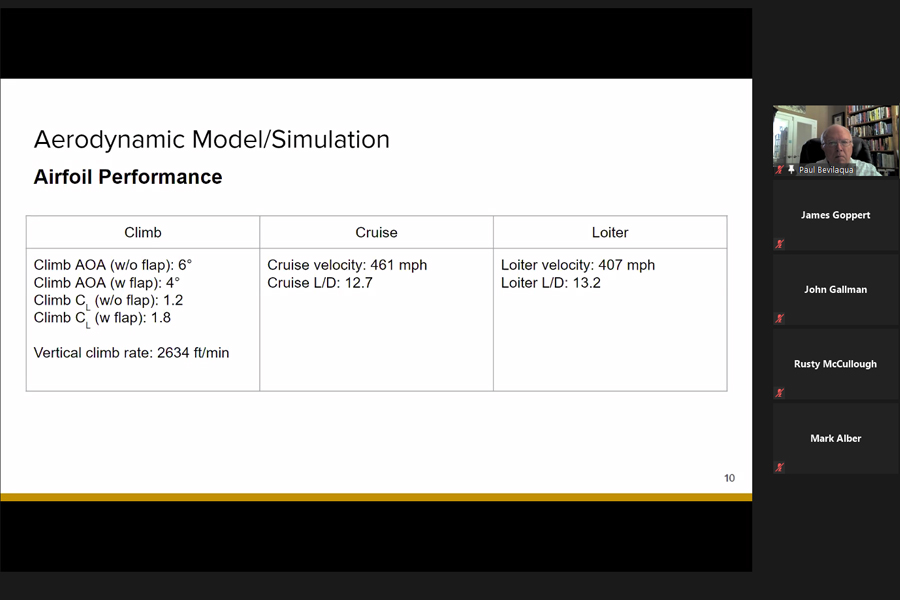Dr. Paul Bevilaqua is an aeronautical engineer, who is well known for his work in aerodynamics and aircraft
design. He worked for Lockheed Martin from 1985 to 2011 and is world-renowned for inventing the vertical lift
concept in the F-35 Joint-Strike Fighter during his time there. He is a member of the National Academy of
Engineering and a fellow of the American Institute of Aeronautics and Astronautics (AIAA). He is a recipient of
several awards, including AIAA's F. E. Newbold V/STOL and Aircraft Design awards and Daniel Guggenheim
Medal; Lockheed Martin's Kelly Johnson Inventors, Aerostar, and NOVA award; the Society of Automotive
Engineering's Aerospace Vehicle Design and Development Award; and the American Helicopter Society's
Paul E. Haueter Award. He was recognized as Engineer of the Year by Design News magazine in 2004.
Dr. Bevilaqua worked with faculty in the School of Aeronautics and Astronautics and the School of Mechanical
Engineering. Topics of collaboration included aerodynamics, flow control, aeroacoustics, and new concepts in
aircraft design.









